QuestionI am bottle feeding a two week old blue nose pitt bull puppy and the rest of his litter mates have died. My question is I am feeding the puppy formula every two hours and pedialite in between feedings but the puppy is still dehydrated and thin only weighing one lb and two oz. How much should the puppy be eating per feeding? What consistancy should his poo be? And any other helpful information would be appreciated. Thank you
AnswerHi Alyssa,
You know how delicate your little puppy is. Dehydration can cause organ failure is a really short time period. Your puppy should be examined by your veterinarian to ensure it's getting all the nutrition and fluid he needs, and to rule out a medical problem.
It is much safer to feed smaller amounts more frequently than larger amounts less frequently, as over feeding can cause diarrhea.
Depending on which puppy milk replacer you're using, the amount you should feed will vary. Read the package to see the recommended amount you should feed the puppy at each feeding. Puppies who are under a month old need approx. 3.5 - 3.75 calories per ounce of body weight, every 24 hours. So, for example, a 6oz puppy would need approx. 22.5 calories per day.
The average puppy needs 25-35 milliliters of formula for every 100 grams (about 3.5 ounces) of body weight. Divide this number by the number of feedings per day to obtain the amount for each feeding. During week two, give 15-20 ml for every 100 grams body weight. During weeks three and four give 20 ml for every 100 grams body weight. These amounts are always only a rough estimate. Feed the puppy until its belly is gently rounded or pear-shaped.
Feed your puppy every three or four hours or six to eight feeding a day. Some people get up to give their puppy a midnight feeding but this is not necessary. By the time the puppy is three weeks old, four feedings per day are quite sufficient. Puppies that are hungry and need feeding will cry continuously, move their heads from side to side and suckle on each other and on objects in the nest box.
After each feeding hold the puppy upright with its tummy against your shoulder and pat it gently until it burps releasing trapped air. Nursing bottles that do not release enough milk lead to more air being trapped.
While being bottle fed the stool should be pretty mushy, but not watery or runny. Look for stools that are brown in color (anywhere from pale to dark shades) and semi-formed. Watery means diarrhea. If diarrhea occurs add more water to the formula to make up for the fluid that is lost. If this does not rapidly cure the problem the pup may need to be placed on antibiotics and receive subcutaneous fluids. Watery yellowish or greenish stools are sometimes associated with feeding too much. If they occur, try diluting the formula 50-50 with Pedialyte until the stools return to normal consistency. You can also give the pup 2-3 drops of kaopectate just prior to each feeding.
Stools that are clumped and cheese-like can be due to feeding the formula too concentrated. When puppies strain to defecate and pass overly hard stools, increase the frequency of feeding and dilute the formula. Impacted pups also have bloated abdomens. You can give them a few drops of mineral oil or cat hairball ointment to help them evacuate the stool. If they still remain bound up they may need a warm water enema. This is best done at a veterinary hospital.
It's always better to be safe than sorry when dealing with such tiny, delicate creatures as new born puppies. So, if you're in doubt or concerned about anything during this time, talk to your vet.
Best of luck!
Patti

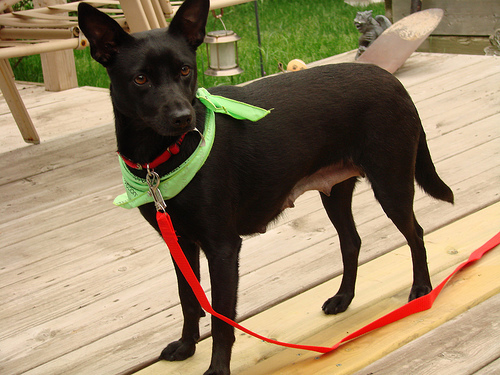 Guessing my dogs mix
Question
matilda
I was wondering if you could help what
Guessing my dogs mix
Question
matilda
I was wondering if you could help what
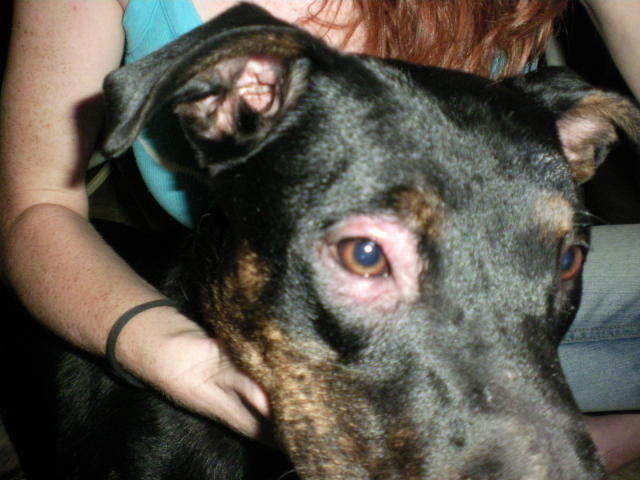 7 month old blue healer mix (Cloe)
Question
cloes right eye
Cloe was having really bad eye
7 month old blue healer mix (Cloe)
Question
cloes right eye
Cloe was having really bad eye
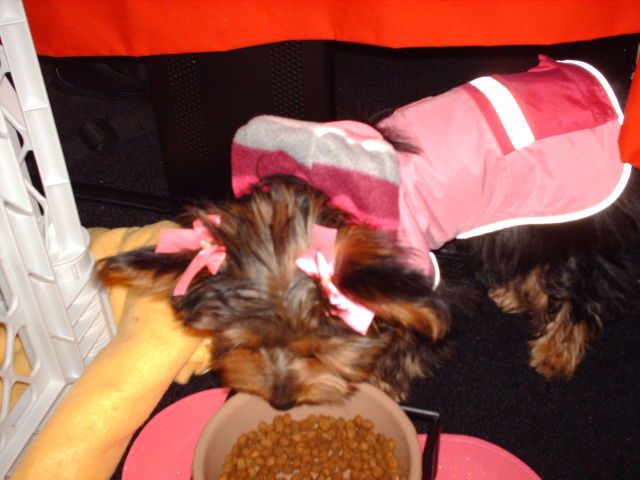 about babygirl my 14 week yorkie
Question
babygirl brooklyn
i do no whats going on with
about babygirl my 14 week yorkie
Question
babygirl brooklyn
i do no whats going on with
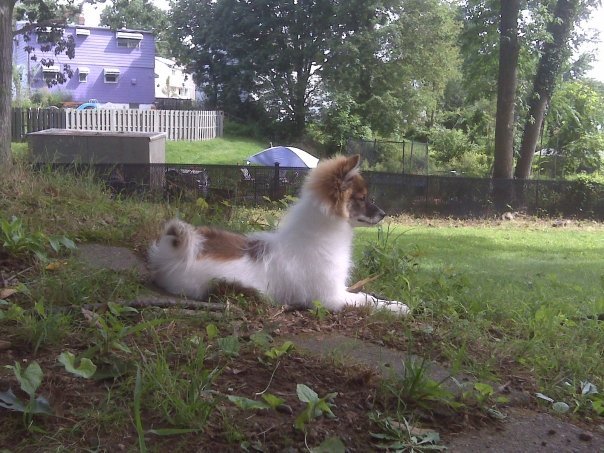 Not sure what my dog is
Question
Ella
I adopted my dog through a rescue s
Not sure what my dog is
Question
Ella
I adopted my dog through a rescue s
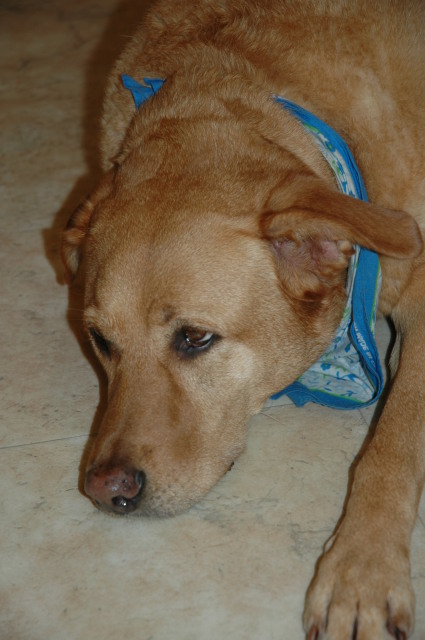 Senior dog not eating
Question
Meggie Girl
I will be so grateful if you can h
Senior dog not eating
Question
Meggie Girl
I will be so grateful if you can h